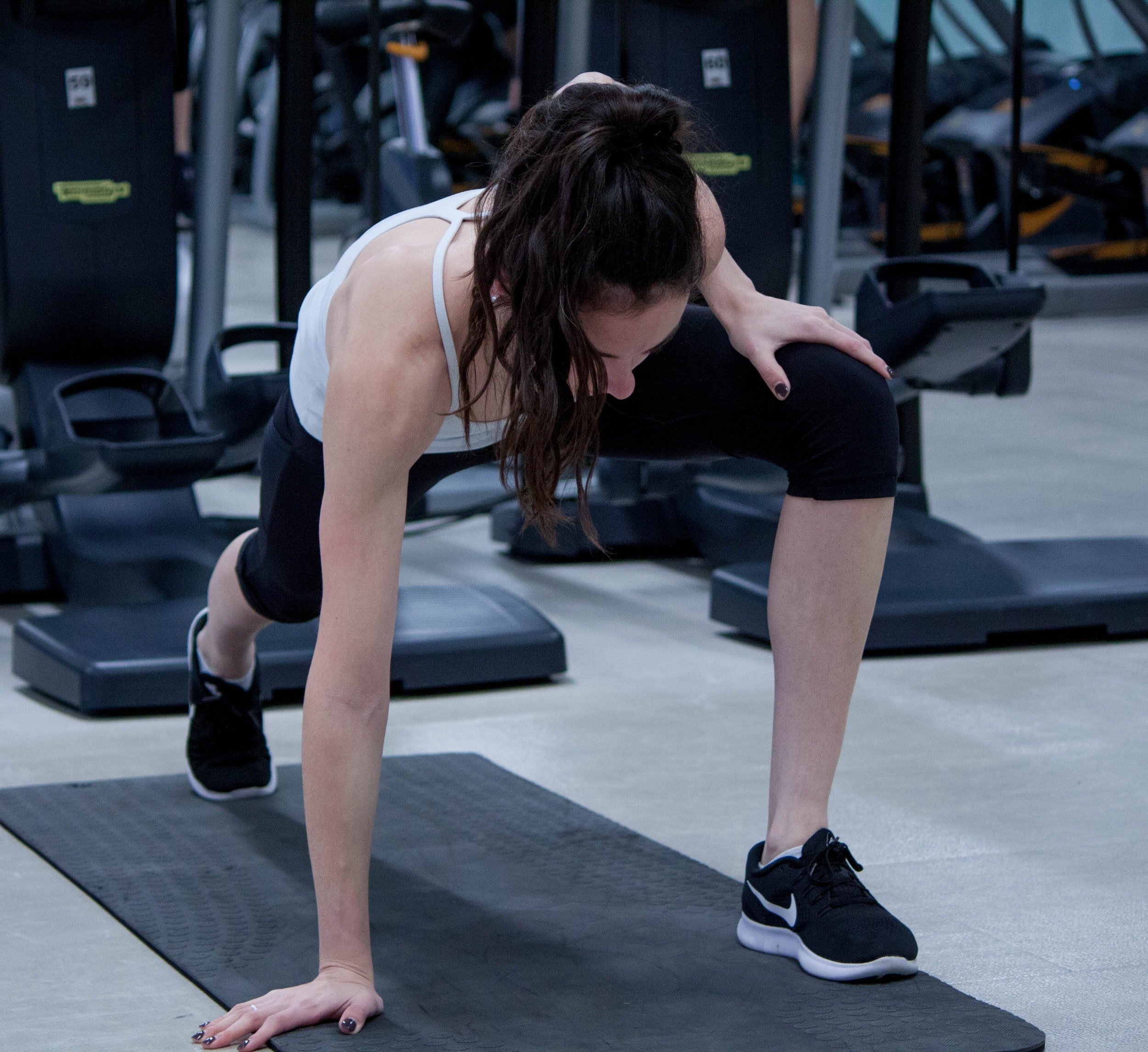How to Warm Up the Right Way Before You Exercise to Decrease Injury
Getting your body ready for activity requires a proper warm-up. However, you can't just do anything before exercising and hope it counts as a proper warm-up. The effects of not warming up before exercise may include excessive soreness after your workout and potential injuries during. Find out how to get the best start to your workout to maximize the benefits and reduce the negative impacts of your activity.
How does warming up prevent injury?
Is a warm-up necessary before a workout? The short answer is, yes. Warming up transitions your body from a state of rest to heavy exercise. It allows your heart rate to rise, stretches out your muscles, and helps your balance and agility.
If you have ever felt aches and soreness the day after working out, you already know what happens if you don't warm up before exercising. When you fail to prepare your body for a workout, it will not operate as well as it could, causing strains, aches, and possible injuries. Warm-ups are critical for avoiding these issues.
As the name suggests, warming up increases the temperature of your body and muscles, which improves your muscle flexibility and efficiency. Cold, unstretched muscles are more prone to damage during a workout than warm, well-stretched ones. To get the most from your warm-up routine, you must include several activities that raise your heart rate and stretch and work out muscles. Follow these steps for a proper warm-up:
Increase Heart Rate
Slowly increase your heart rate by including a few minutes of cardio exercise in your warm-up — this could be jogging, cycling, or jumping rope, among other things. Increasing your heart rate also helps raise the temperature of your muscles to make stretching safer and easier.
Stretch Muscles
Stretching is crucial for preventing soreness. Do easy stretches to loosen up your muscles. For each stretch, hold the position for at least a few seconds. If you feel pain, stop. Discomfort while stretching means you need to ease off the stretch.
Work Out Muscles
After stretching, challenge your muscles with some gentle calisthenics. Squats, push-ups, lunges, and similar exercises help prepare individual muscle groups for working out. The exact types of activities you choose for working out your muscles depend on the type of exercise you do. For instance, for lifting weights, you may want to use lower weights as part of your warm-up before your main exercise, but you would not likely need to do this type of activity before swimming. Talk to your personal trainer for recommendations on the best options for your warm-up.
How long should you warm up before exercise?
You want to make sure you include enough time for warming up your muscles and stretching for the prevention of muscular injury. Generally, a warm-up should consist of three to 10 minutes of moderate-intensity aerobic exercise, calisthenics, full-body functional movements and poses, and light stretching. This will work for any intensity, duration, or type of workout.
Warm-up Stretches for Different Activities
Different exercises require specific warm-ups to get your body ready. Lifting, running, swimming and sports will benefit from carefully tailored activities before you begin your main workout.
Lifting Weights
Lifting is an intense activity for a few muscle groups at a time. Because the chances for injury are high during this type of exercise, you will want to focus on preparing your muscles during your warm-up to prevent injuries. Before lifting weights, devote a few minutes of your warm-up to light cardiovascular exercising, such as jogging on a treadmill. This activity increases your heart rate to bring increased blood flow throughout your body, especially to the muscles you will work out during lifting. For weightlifting, work on using lighter weights during your warm-up. Doing this will prevent injuries by lifting too much too soon, but it will also prime the muscles you will focus on during your workout.
Running
Similar to how you should start with lower weights before heavier weightlifting, your warm-up for running should include a brisk walk. Walking at a brisk pace boosts your heart rate and gets your legs ready to run.
Swimming
Swimming is a full-body exercise, and often the water is cooler than your body temperature. To overcome the effects of the cold water on your muscles, you need to ensure you have a comprehensive warm-up that thoroughly brings up your body temperature. If you stretch your body while in the water, remember that your muscles will cool down quickly. Keep moving with gentle jogging, or move your arms and legs between each stretch to prevent this cool-down from occurring.
Sports
Warming up and stretching before playing sports should reflect the activity you will do. You should engage all muscle groups during your warm-up and talk to a trainer about the types of stretches you should do. Stretching may help you with flexibility in sports that require agility, such as gymnastics or dance. Regardless of your sport, start with a few minutes of cardiovascular warm-up. Follow with stretching and conclude with a warm-up specific to your sport.
Why is the cool-down just as important as the warm-up?
A cool-down offers similar benefits to a warm-up. During a cool-down, you slow your body down from exercise gradually, which helps to reduce muscle tightness. You may also incorporate stretching into your cool-down if you wish. Since your muscles are still warm from the exercise, the cool-down is an ideal time for stretching.
Examples of cool-downs include lower-paced activities of what you did during the exercise. For instance, after running, you may do a few minutes at a brisk walk.

